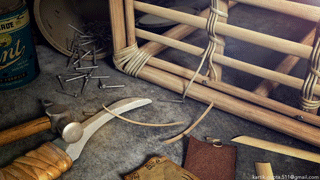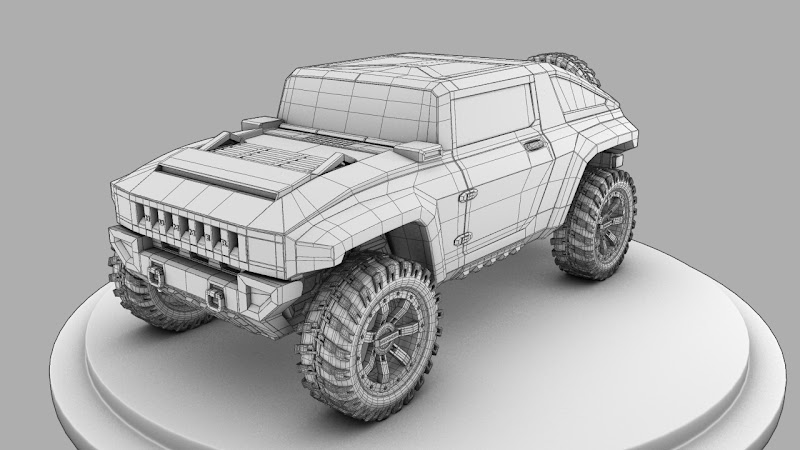This post is all about how I made this shortfilm come true. Well a lot of people might find this post a bit boring as its so long! but the one's who are interested in how the film was made, this post is for you. I havent posted all the images and videos, but have tried to talk about most of them. I have spent countless nights in the lab on bean bags just to be able to squeeze out more time out of 24 hours, doing the stuff that I am going to talk about in this post, so I guess it deserves to be shared :) .
I have divided this post into different parts or jobs that I had to do in this process. This entire project was finished in a duration of around 4 months, including different parts of production starting from the 3d animatic to the final compositing. I hope you enjoy the post!
Starting with the image you see in the top, They are a few selected stills from the shortfilm. In case you haven't seen the shortfilm yet, just go back to the home page and go on the 'Psych' post.
I'll start with the modeling. Below is the turntable of the main character of the film. Mike was an interesting character to make, and I guess of all the things in the film I had worked on the character the most (after all its him the film is all about!)
As you can see, the style I chose was more kind of realistic, as I felt that it will be more effective to bring the tension and panic in the film with a realistic character.
The character was shaded using 6 different maps, each for diffuse, subdermal, epidermal, specular, glossiness, displacement and bump. The diffuse map was created by projecting 4 different images onto the character in maya and cleanup in mudbox.
There was a little amount of sculpting that I did on the shirt and the pants in ZBrush, but only to a limit that they don't interfere with the skinning of the character.
The next image is one of the early lighting and shading tests of the character so as to check how the character will look in the final lighting. There were a few changes that were done on the shaders for the final rendering.
Below are the the three sets of the film with their wireframes. I tried to keep the sets simple to be able to finish them in the set deadline, as if they are complex from the beginning, there will be equally more amount of work in the texturing and rendering parts!
The articulation of the face was a really important factor so as to be able to imitate the real life expressions.
Since there was not a lot of time that I could dedicate to rigging, the facial rig was more optimized for fear/sad/worried kind of expressions, as was demanded by the story of the film.
So there are a lot of controls missing which are essential to achieve a variety of other expressions.
This is short demo of my first character Rig, 'Mike' .
This was my first full character rig so there was a lot to take care about. I had made a planning of the kind of movements the character will have to do in the shortfilm according to the story, and then listed out the kind of setups and rig I will have to make in order to be able to animate it properly.
There are not a lot of fancy rigging tricks that go into this rig, I have tried to keep it as close as possible to the needs of the film and to the deadline by which I had to finish the rig to move onto the next part of the production.
I had IK/FK for both arms and legs, as well as additionally I had both IK/FK setups for the fingers as well, as there was a shot in my short film, where the character tries to imitate a walk cycle using his fingers, so this was included in the planning to an IK setup for that, to make the animation easier.
Another highlight was the setup created for the tie of the character. It was created by using a dynamic curve (Maya hair system) to drive a chain of bones, so that the tie of the character could be simulated realistically. I chose this option over cloth simulation, because it would save a lot of simulation time and gave almost the same output.
I also had to create a setup for roll bone for realistic wrist rotations, which were controlled by a set of expressions written in MEL, and for added control I also added a controller to tweak the rotation of the roll bone.
And I guess thats it! I am sure most of the people might have got bored by this time but as I said I really wanted to share this, the process of making a film is equally as important as the final output!
Thanks for reading and watching :)














































